2012 Mitsubishi i
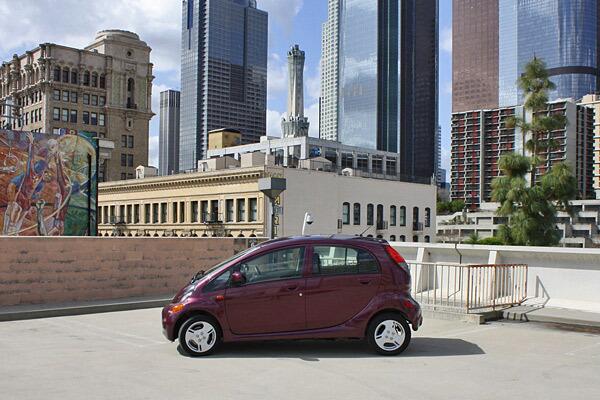
Mitsubishi bills the i as the cheapest and most efficient EV currently on the market in the U.S. Expect a 62-mile range from a fully-charged battery, which comes with an eight-year, 100,000-mile warranty. (David Undercoffler / Los Angeles Times)
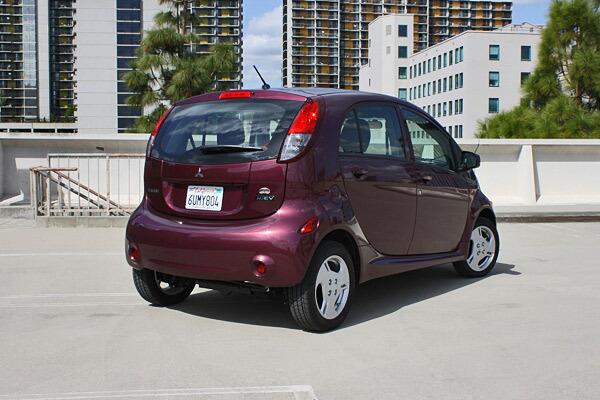
Base price is $31,975 including destination. As tested, $34,765. Both prices exclude a federal tax credit of up to $7,500 and possible state rebates. (David Undercoffler / Los Angeles Times)
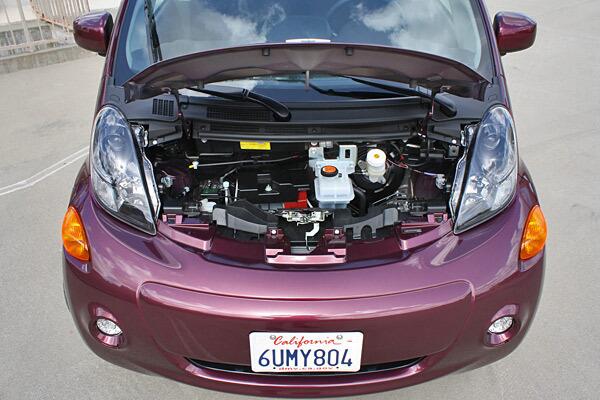
The i has 66 horsepower and 145 pound-feet of torque coming from a 49 kW AC synchronous electric motor that’s powered by a 16 kWh lithium-ion battery. It routs power to the rear wheels via a single-speed transmission. (David Undercoffler / Los Angeles Times)
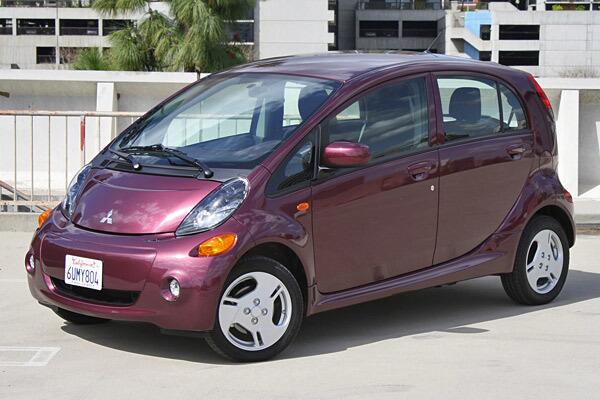
To make the very pill-like car easier for a U.S. consumer to swallow, Mitsubishi stretched it by almost eight inches and made it a little more than four inches longer. All told, it’s roughly in the size department of a Mini and a few inches longer than a Fiat 500, but offers a real, usable backseat because the mechanical packaging on the i is much more compact (the battery is below the floor). (David Undercoffler / Los Angeles Times)
Advertisement
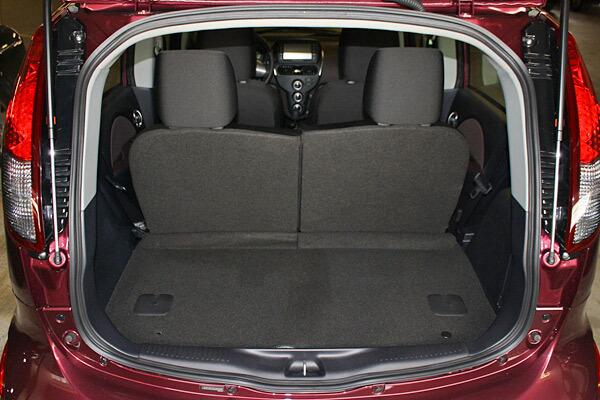
Thus, people approaching tall can sit in relative comfort in the back seats without too much leg discomfort. Headroom is applaudable. The rear seatbacks are split 50/50 and fold nearly flat for added cargo room. With them up, there’s plenty of room for a pile of carry-on suitcases, if you load them wisely. (David Undercoffler / Los Angeles Times)
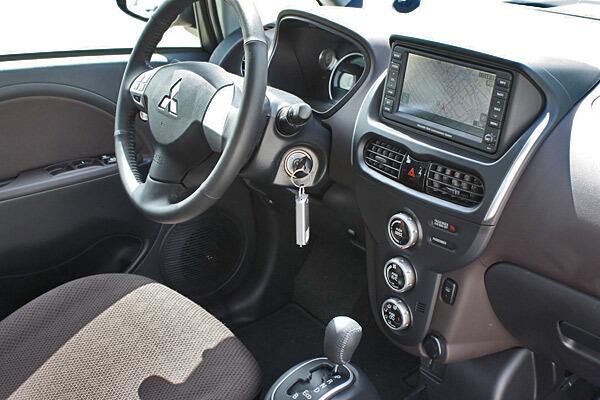
Elsewhere inside, hard (nay, cheap) plastics are favored over anything remotely endearing and indicate that this is a vehicle whose primary goal is to get you from point A to point B efficiently as possible. Even an armrest for the driver is omitted. Must one suffer so in the name of energy independence? (David Undercoffler / Los Angeles Times)
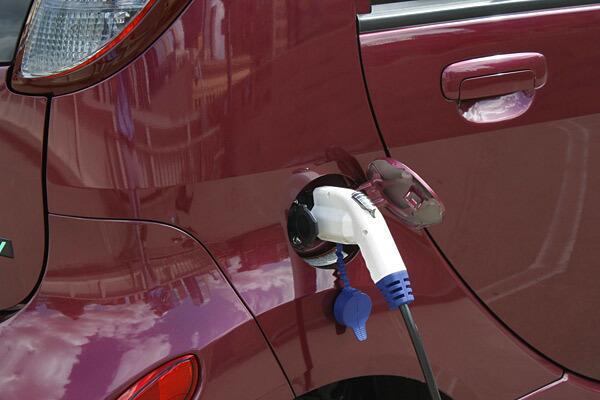
Included in my test car’s $2,790 premium package was a quick-charge port for public charging from low battery to 80 percent in about half an hour. Without that quick-charge option, owners have two other ways to power their car: a 240V home charging station that needs seven hours to fill her up or a standard 120V cable that needs 22.5 hours to charge the battery fully. I used the 120V option to charge it at home and it took about 20 hours to bring the batteries back to full capacity. (David Undercoffler / Los Angeles Times)
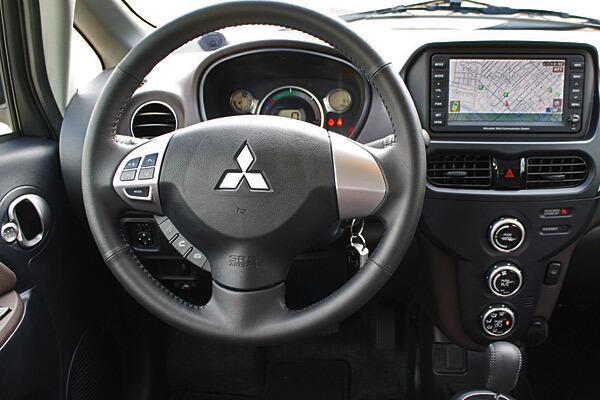
The premium package also includes a 40 GB harddrive navigation system with real-time traffic updates. While it’s plenty useful, conspicuously absent was its integration into the current range of the i’s batteries. (David Undercoffler / Los Angeles Times)
Advertisement
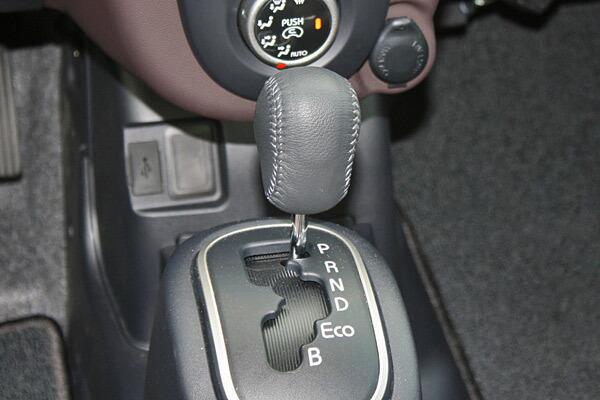
The i’s single-speed transmission has three modes of operation. “D” gives drivers full power and performance at all times. “Eco” limits the amount of power available for longer range. “B” goes bonkers on the regenerative braking the moment you take your foot off the gas, even if you’re not yet using the brakes. This allows the car to slow down while simultaneously charging the battery and is most appropriate for traveling downhill. (David Undercoffler / Los Angeles Times)







